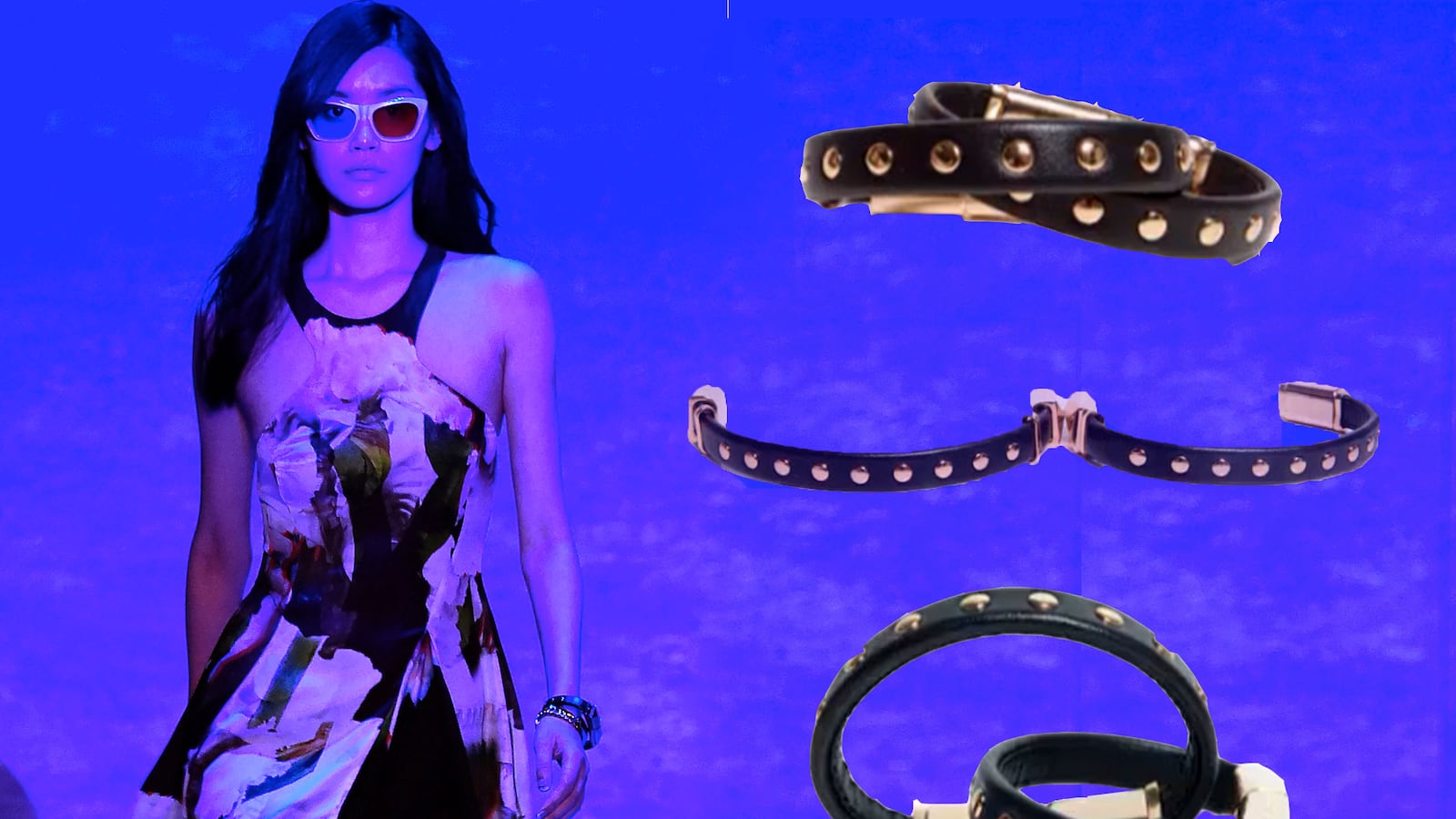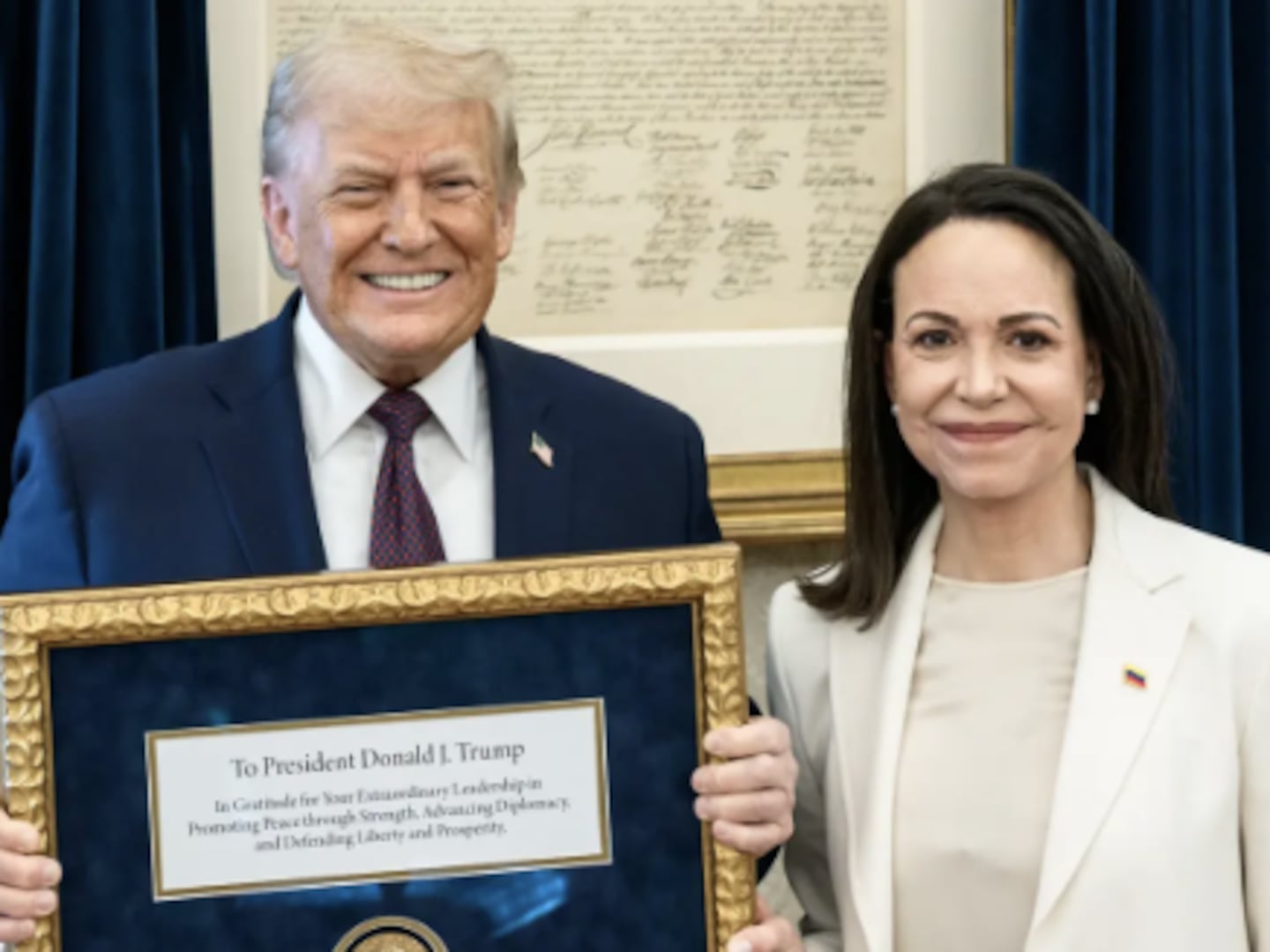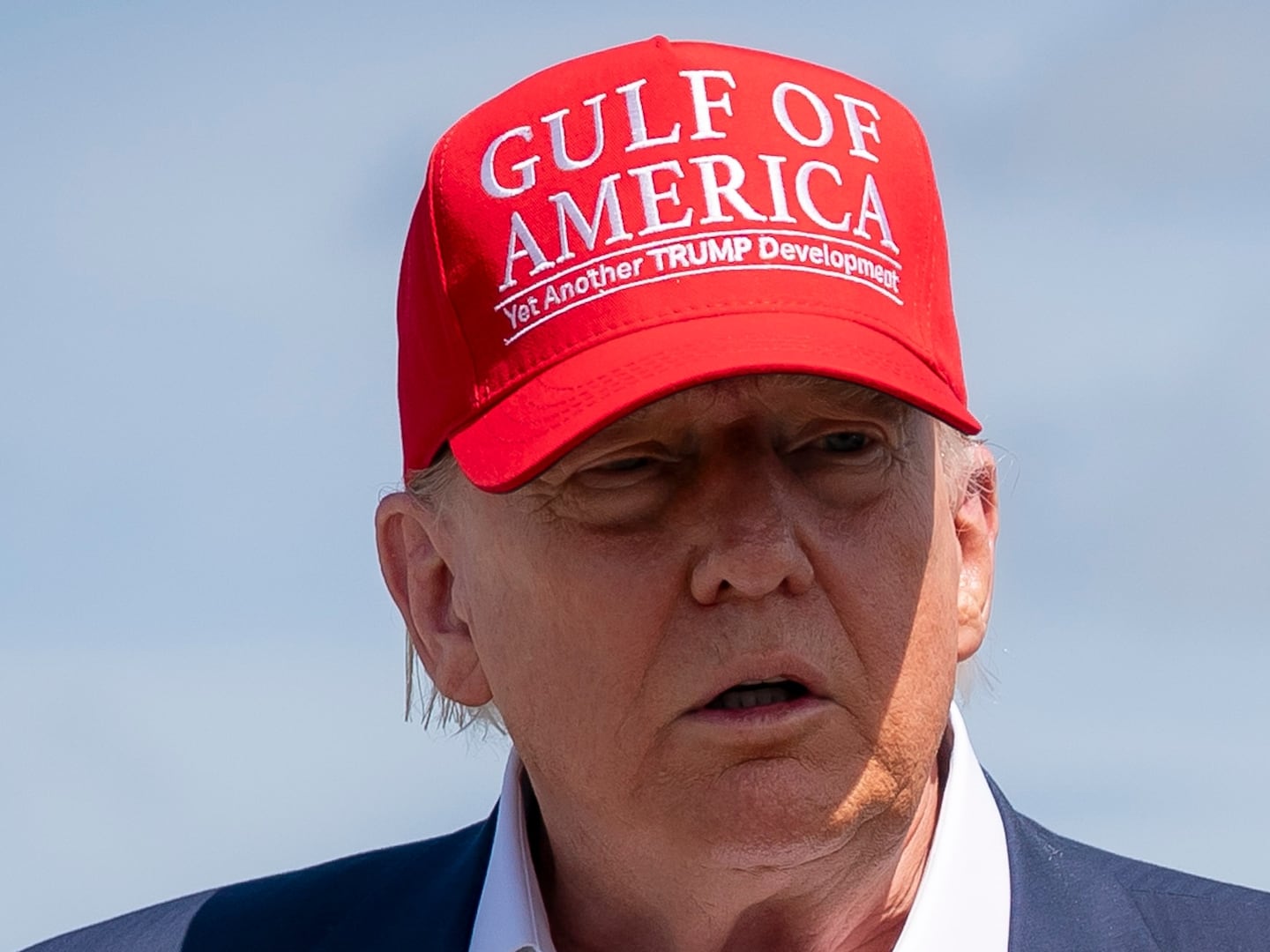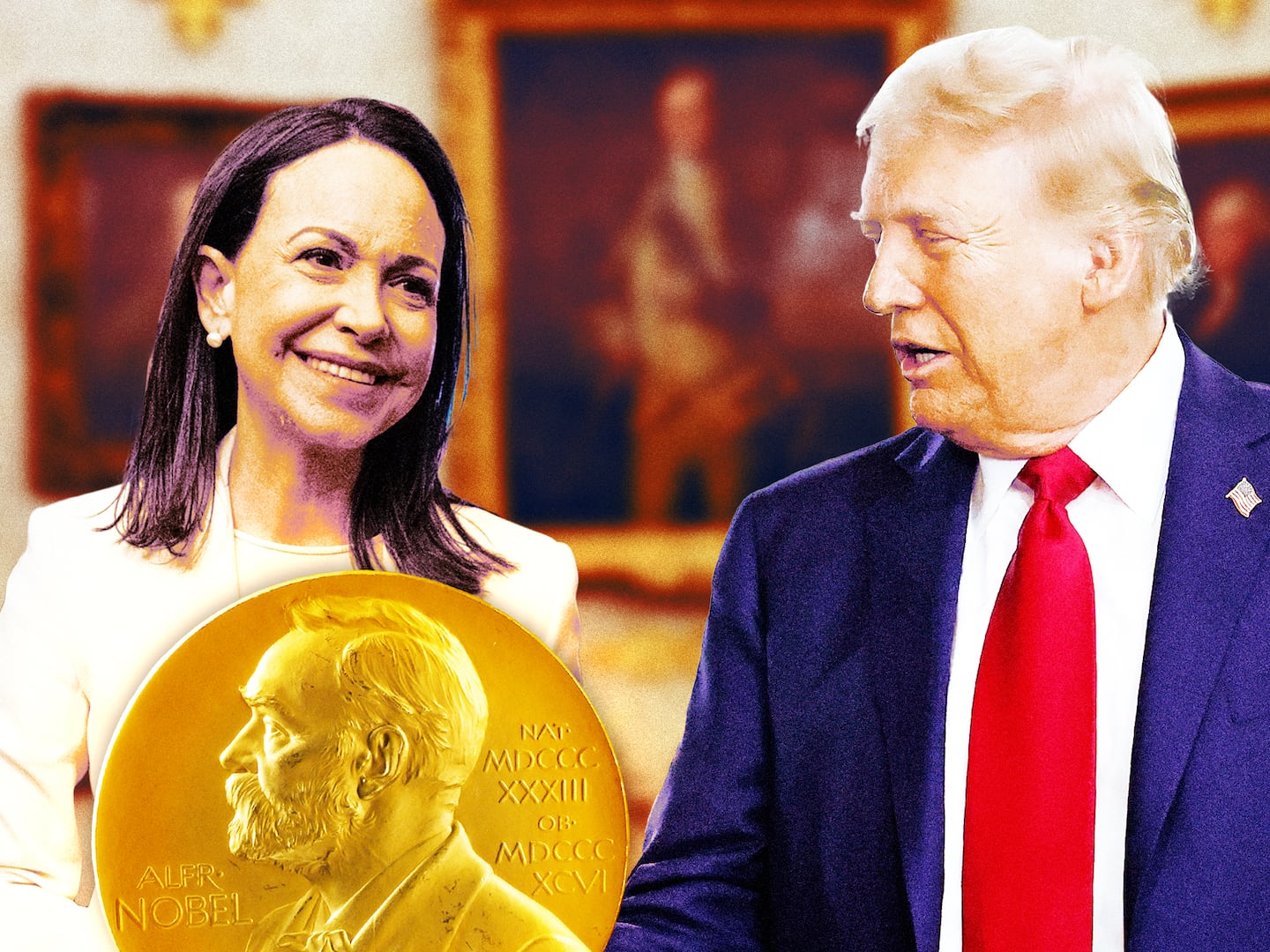It’s no coincidence that Apple announced its new watch during Fashion Week — after all the company has long positioned itself as more than a tech company, but a luxury brand, and has been steadily poaching a bevvy of fashion-industry veterans to join its team, including the former CEOs of Yves Saint Laurent and Burberry, as well as directors at Nike, Gap, and Levi’s.
Yet, the fashion community’s response has been … unimpressed. “Kind of dorky,” proclaimed model/muse/TV host Alexa Chung. “Generic,” groused InStyle’s Eric Wilson. “It’s definitely a step forward,” wrote New York Times critic Vanessa Friedman. “But does it rewrite the rules of our aesthetic expectations? No.”
So if Apple—the ultimate authority in all that is sleek and cool—can’t create a fashionable smart watch, is there any hope for wearable tech? Can wearables ever truly become, um, wearable?
“One fundamental problem with these devices is that they are, and they behave as, electronic gadgets. They are not really fashion accessories, yet, but a hybrid trying to find its place in the world,” says Haris Stavridis, a content strategist and founder of the website Fashion We Like. “They behave ‘nerdy’: they glow, bleep, and shine. ... They attract a kind of attention that feels wrong.”
But Francesca Rosella and Ryan Genz, co-founders of CuteCircuit—the first wearable-technology brand—have a more optimistic view of the genre. “The reason why these products are failing is that these companies are taking traditional tech functions and applying them to clothes,” says Getz over tea a few days after CuteCircuit showed its latest collection of Bluetooth-controlled, morphing dresses and bags at Lincoln Center. “We’re taking the traditional functions of fashion and translating them into technology.”
In other words, instead of tech companies reaching out to fashion designers to sex up or cloak their clunky devices—Google Glass collaborating with Diane von Furstenberg, say, or Intel asking hipster darling Opening Ceremony to cover its newly launched MICA smart bracelet with gems—designers should be reaching out to engineers and manufacturers (even taking matters into their own hands) to help them put technology into their beautifully crafted wares.
The tide is already turning. Take Rebecca Minkoff—whose bags and spunky footwear are like catnip for young, hip women. The designer has produced a line of delicate gold-link “smart” jewelry pieces that embody the same cool-girl aesthetic as the rest of her collection (the necklaces and bracelets debuted on her spring runway and didn’t look a bit out of place among the flirty summer dresses and studded booties).
"We wanted to enter the wearable tech space, but we didn't want a tracker or smart watch, since a lot of fashion companies are doing that already," says Rebecca Minkoff, CEO Uri Minkoff. "So we thought, what can we make that a girl will want to buy anyway, on its own merits, but also have it address some problem or solution in her life?" The solution: bracelets that serve as phone chargers, or necklaces that buzz when you receive an email or text. Pieces that, ironically, untether women from their devices while keeping them connected.
Meanwhile, CuteCircuit has just launched a series of dresses that can change the print or color through an app that the customer can control. “That way, you can adapt your look to however you feel that day, or update it from day to night,” says Rosella, who honed her design chops at couture brand Valentino before launching CuteCircuit 10 years ago with Genz. “You can rent or buy new prints through your phone or iPad. Plus, the app stores in London have different prints than the ones in Tokyo or America, so it feels more special.”
“When we started 10 years ago, no one had heard of wearable tech,” says Genz. “We reached out to tech companies, and they weren’t interested, or they just didn’t understand that no, you can’t have wires showing through a dress. So we learned everything ourselves—designing circuit boards, coding—and persuaded fashion manufacturers to work with us. They’ve been really responsive.”
Meanwhile, Rachel Shechtman—founder of the concept pop-up retailer Story in Manhattan’s Chelsea neighborhood—has found a number of exciting brands to stock in the latest iteration of her store, focused on fashion and technology. There’s Ringly, whose founder is an artist and computer scientist, and whose 18k-gold cocktail rings not only buzz when you get an email, text, or calendar alert, but look damn chic too. Or Sensoria, a new athletic-wear company whose socks have GPS and whose shirts have a fitness tracker built into the bra. “These are problem-solving products but that incorporate technology in a really subtle, unobtrusive way,” she says. “And they’re not by someone who works exclusively in fashion or tech, but by people who specialize in both.” That seems to be the secret to creating a successful, desirable, and wearable device.
“Wearables should be like X-Men,” concludes Stavridis. “Act cool and normal, and hide your superpowers. Then everything will be fine.”






